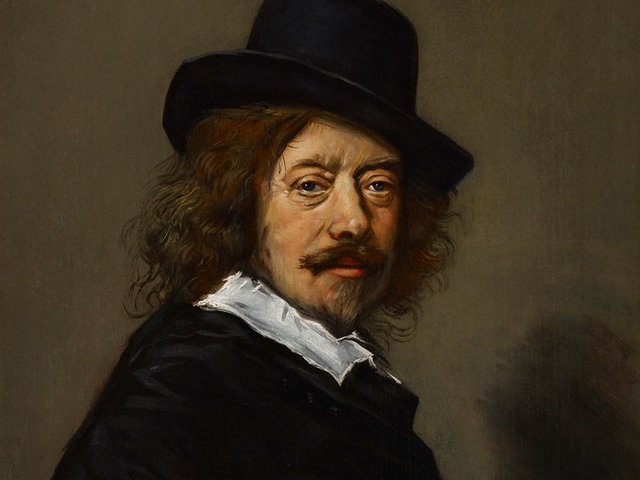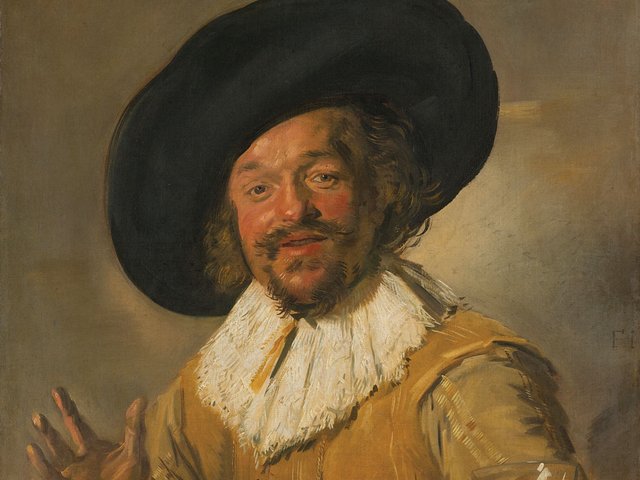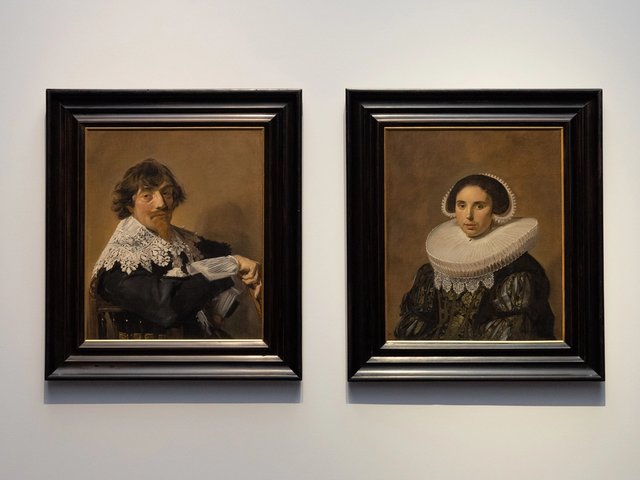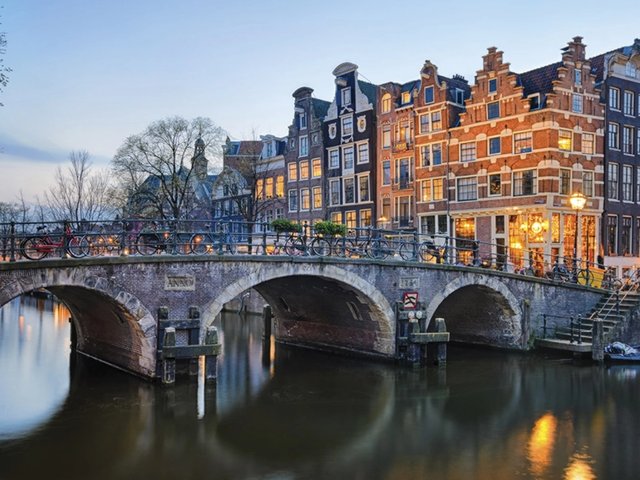The Frans Hals exhibition, opening today (16 February) at the Rijksmuseum, comes at a time when there are huge differences among specialists on how many paintings come from the master’s hand. Friso Lammertse, the Amsterdam museum’s lead curator, believes there are 220, from which he has selected 48 of the finest for the show.
The Art Newspaper can report that Claus Grimm, a long-established German specialist on Hals, now only accepts 120 fully autograph works. His revised catalogue raisonné will be published in late March or April.
In the meantime there is now what may be a once-in-a-lifetime opportunity to see a major Hals exhibition. It opened at London’s National Gallery last September, runs at the Rijksmuseum until 9 June and then goes on in a slightly different form to Berlin’s Gemäldegalerie (12 July-3 November). This is the largest show of the artist’s work since the one in 1989-90, held in Washington, DC, London and Haarlem.
The question of attribution is now dividing the Dutch art historical establishment. On one side is the Rijksmuseum, the national art museum with the world’s greatest collection of 17th-century Dutch art and some of the country’s leading curators. On Hals, the museum also has the support of the National Gallery and Berlin State Museums.
Grimm has equally prestigious supporters. His catalogue raisonné is being published by the highly respected Netherlands Institute of Art History (RKD) in The Hague, in collaboration with the Frans Hals Museum in the artist’s hometown of Haarlem.
Among the paintings being questioned by Grimm is one of the most loved works by Hals: the Portrait of a Couple owned by the Rijksmuseum, probably depicting the grain merchant Isaac Massa and his wife Beatrix. It is remarkably informal for the time, with Beatrix resting her right hand on her husband’s shoulder, smiling at us. The elegantly dressed Isaac reclines contentedly.
The Rijksmuseum believes that it was probably a marriage portrait, in which case it would be dated to 1622. Grimm believes that the style of the faces and the attire suggests that it was painted around 1627. But the disagreement goes beyond the dating.
Although Grimm accepts that the portraits of the couple are from the hand of Hals, he says the landscape—a “Garden of Love”—is not. He argues that “Hals may have presented designs for the [background] scenery, but hardly more than that”.
The verdant landscape represents nearly half the composition. Grimm believes that most of this was painted by Pieter de Molijn, a fellow artist in Haarlem. He sees De Molijn’s style in the distant trees and promenading figures.
The Rijksmuseum disagrees. Taco Dibbits, its director-general, told us that it is “all painted by one hand, by that of Frans Hals”. He points out that Hals and Massa were close friends, so the artist took more liberties with the landscape than he would have done with a normal patron.
What cannot be questioned is the impact of the double portrait. As Lammertse puts it, there is “no more captivating image of love and affection in 17th-century Dutch painting”.
Among the handful of Hals works which were not in the London presentation (for conservation reasons), but can now be seen in Amsterdam, is the very large group portrait of the Regentesses of the Old Men’s Alms House (1664). This is on loan from the Frans Hals Museum.

Frans Hals, Regentesses of the Old Men’s Alms House (around 1664), Frans Hals Museum, Haarlem
The Rijksmuseum is presenting it as one of the great late works and Lammertse is “confident” about the attribution. Grimm takes a very different view. He argues that the hands of Hals can “only be observed in traces”, with most of the picture having been done by the artist’s workshop, most likely by his son Frans Hals the Younger.
In the case of the Regentesses, reaching a verdict is difficult because of the picture’s deteriorated and considerably darkened condition. In a telling visual reconstruction, Grimm is publishing an image of how he believes the painting might have looked when it left the studio of Hals.
The attributional debate is particularly sensitive when it comes to the Regentesses. The Frans Hals Museum regards it as one of its masterpieces and it is among its major attractions. Yet Grimm’s catalogue, which rejects the attribution, is being published in collaboration with the Haarlem museum. Marrigje Rikken, the museum’s head of collections, nevertheless accepts it as fully authentic.
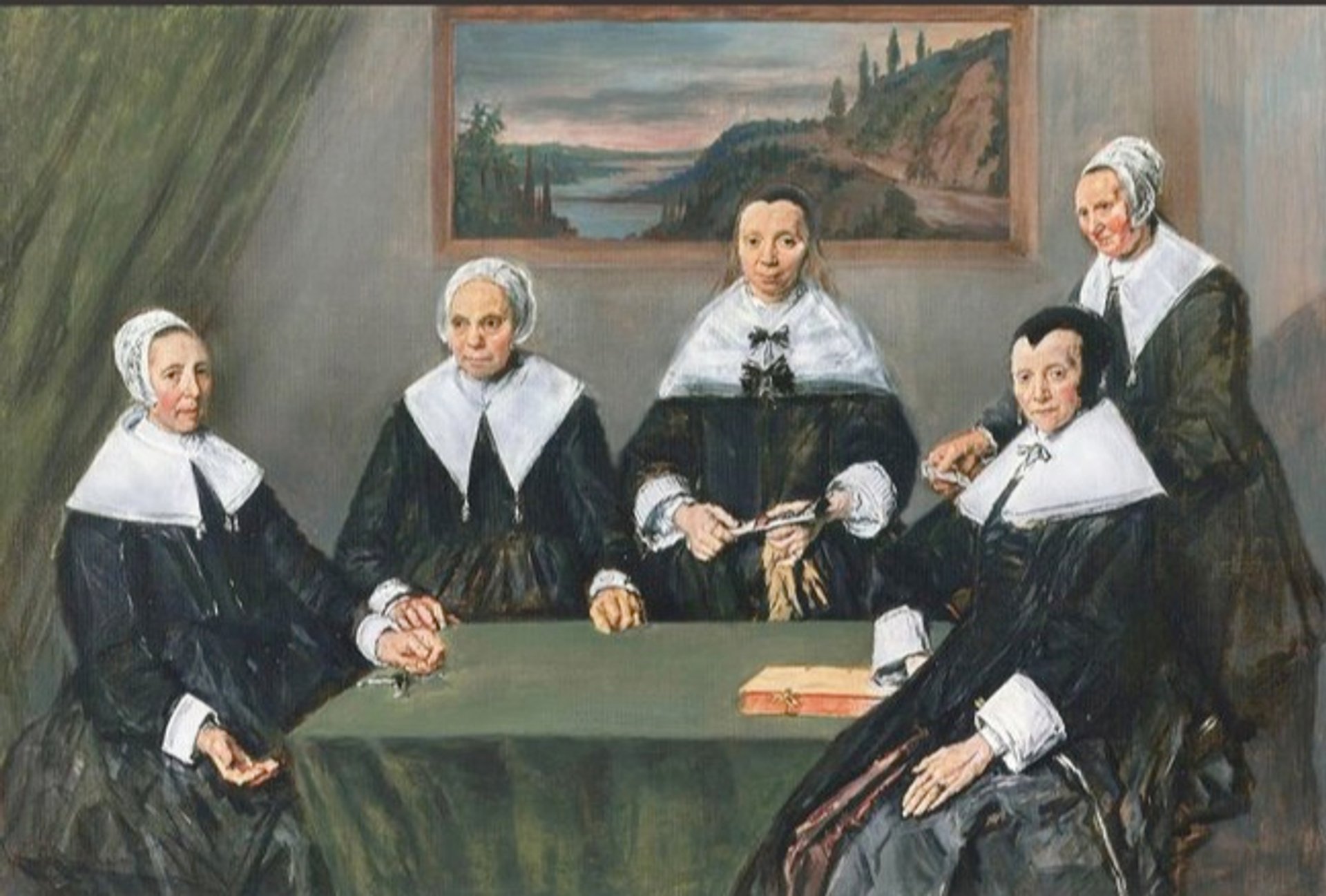
Reconstruction of the original colours of Frans Hals’s Regentesses of the Old Men’s Almshouse by Fabian Hofmann and Claus Grimm
© Claus Grimm, Frans Hals and his workshop, Netherlands Institute for Art History, catalogue A3.63
Another of the paintings being questioned by Grimm is the Royal Collection’s Portrait of a Man (1630), which was on loan from Charles III to the National Gallery’s exhibition. Grimm believes this portrait of an unidentified sitter is partly by Hals, but also by his workshop, possibly the Haarlem artist Johannes Verspronck. Although the Royal Collection portrait was not requested for the Rijksmuseum exhibition, Lammertse accepts it as fully authentic.
The debate over the attribution of works by Hals is longstanding, going back for well over a century. In 1910 the Dutch art historian Cornelis Hofstede de Groot recorded over 400 works by the artist.
In 1969 Grimm published his first catalogue, shocking art historians by slashing the number to 145 authentic works. Fifty five years later, his revised edition argues the figure should be 120 for “fully autograph” works. Now retired, he served for many years as director of the Augsburg-based Haus der Bayerischen Geschichte (House of Bavarian History).
In addition to the 120 works “executed only by him or reworked by him throughout”, Grimm believes 14 more were done by Hals and in collaboration with another artist, 65 by Hals and his workshop and 133 by just his workshop.
Other art historians have argued that Grimm takes too narrow an attributional view. In 1974 the American art historian Seymour Slive catalogued 222 works by Hals, which is very similar to the position of the Rijksmuseum today.
The state of Hals scholarship has fascinating parallels with studies on Rembrandt. In the early 20th century De Groot and other scholars believed there were over 700 paintings. In 1968 Horst Gerson’s catalogue narrowed it down to 420 works, a harsh judgement that shocked the art world.
When the Rembrandt Research Project began it was expected to cut the number still further to 250 paintings. The nature of the research project later changed, when Ernst van de Wetering took charge. He accepted some earlier rejected paintings, broadening the oeuvre and ending up with a total of around 300.
Part of the challenge with Hals is that there has been much less technical examination of his paintings, at least in comparison with Rembrandt (and also Vermeer). Hals also had excellent pupils in his studio, which often makes it difficult to distinguish their work from that of the master.
And finally, Hals had his off days, when his work was less successful. As Lammertse explains: “There is an inequality in his paintings. His portraits can occasionally go wrong and be stiff. But the good pictures, which are now in the Rijksmuseum exhibition, are incredible.”



